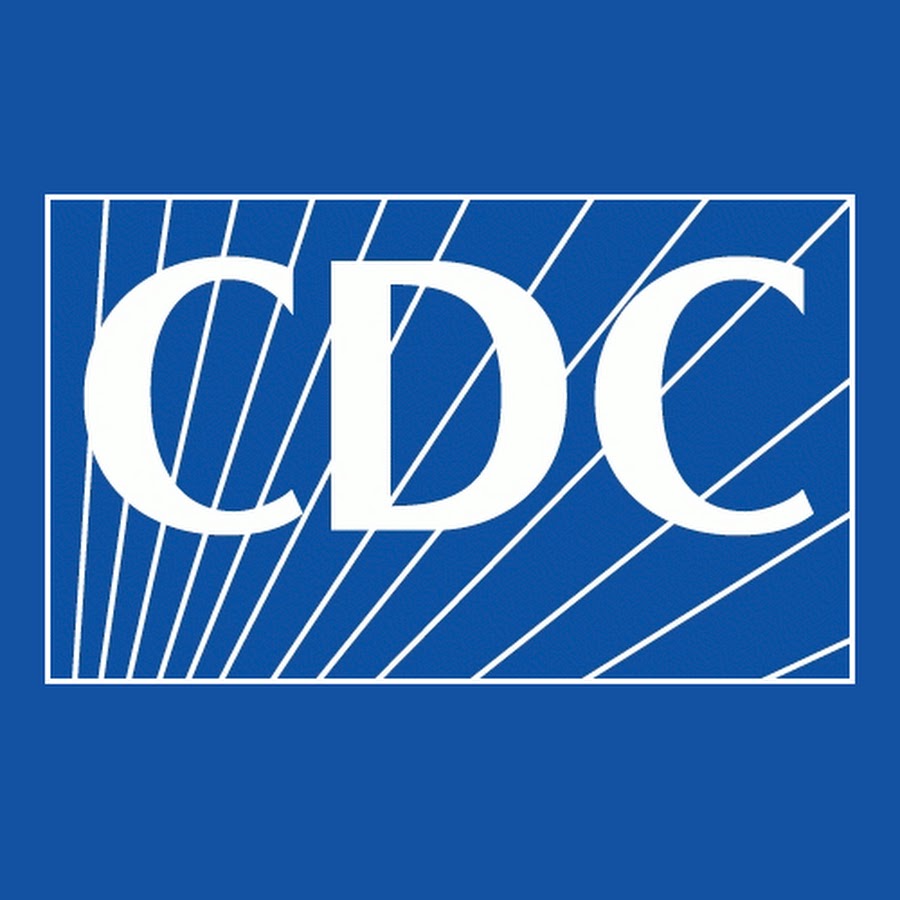t-align: justify;">
t-align: justify;">ISLAMABAD, Jun 6 (APP):A recent study conducted in the United States reveals a significant increase in stroke incidence among young and middle-aged individuals globally over the past decade.
t-align: justify;">
t-align: justify;">According to research published by the Centers for Disease Control and Prevention (CDC), the primary causes of stroke include obesity, high blood pressure, high cholesterol, and physical inactivity.
t-align: justify;">
t-align: justify;">These factors, combined with lifestyle choices, have contributed to the rising stroke rates among younger populations, report said.
t-align: justify;">
t-align: justify;">Symptoms of a stroke can vary but often include sudden numbness or weakness in the face, arm, or leg, especially on one side of the body.
t-align: justify;">
t-align: justify;">Other symptoms include confusion, trouble speaking or understanding speech, vision problems in one or both eyes, difficulty walking, loss of balance and severe headache with no known cause.
t-align: justify;">
t-align: justify;">American experts reviewed data from thousands of individuals acros
s various states to analyze stroke rates and demographics.
t-align: justify;">
t-align: justify;">Findings of study indicated that the risk of stroke among younger individuals has increased by 15 percent in the last 10 years.
t-align: justify;">
t-align: justify;">Individuals as young as 18 years old have been reported to suffer from strokes, a notable shift compared to past trends where strokes were more common in older adults.
t-align: justify;">
t-align: justify;">Experts attribute this change to various lifestyle and health factors, including poor diet, lack of physical activity, and increased stress levels.
t-align: justify;">
t-align: justify;">Experts recommend that individuals, particularly younger adults, adopt healthier lifestyles to mitigate stroke risk.
t-align: justify;">
t-align: justify;">Regular physical activity, a balanced diet rich in fruits and vegetables, routine health check-ups, and stress management are crucial preventive measures.
